When it comes to wood cutting boards, many people are unsure about how thick they should be. A thicker board is more durable and less likely to warp, but a thinner board is easier to maneuver. So, what’s the perfect thickness for a wood cutting board? Read on to find out.
What factors should you consider when choosing a wood cutting board thickness?
If you’re like most home cooks, you probably use a wooden cutting board on a daily basis. But when it comes time to purchase a new one, you might be overwhelmed by the number of choices on the market. Should you go for a thick board or a thin one? End grain or edge grain? Maple or cherry? To help narrow things down, it’s important to know what factors to consider when choosing a wood cutting board thickness.
- First and foremost, you’ll need to decide how thick you want your board to be. Thick boards are often seen as being more durable, while thinner boards are lighter and easier to maneuver. If you do a lot of heavy-duty chopping, opt for a thicker board; if you prefer speed and agility, go for a thinner one.
- Next, take into account the type of knife you use most often. If you favor a paring knife or other small blade, a thinner cutting board will be just fine. But if you’re constantly reaching for the chef’s knife, you’ll want to go with something sturdier.
- Finally, think about how you plan to care for your board. Thicker boards require more oiling and maintenance than thinner ones, so be sure to choose a thickness that fits with your lifestyle.
By considering these factors, you can find the perfect wood cutting board thickness for your needs.
How thick is the average cutting board?
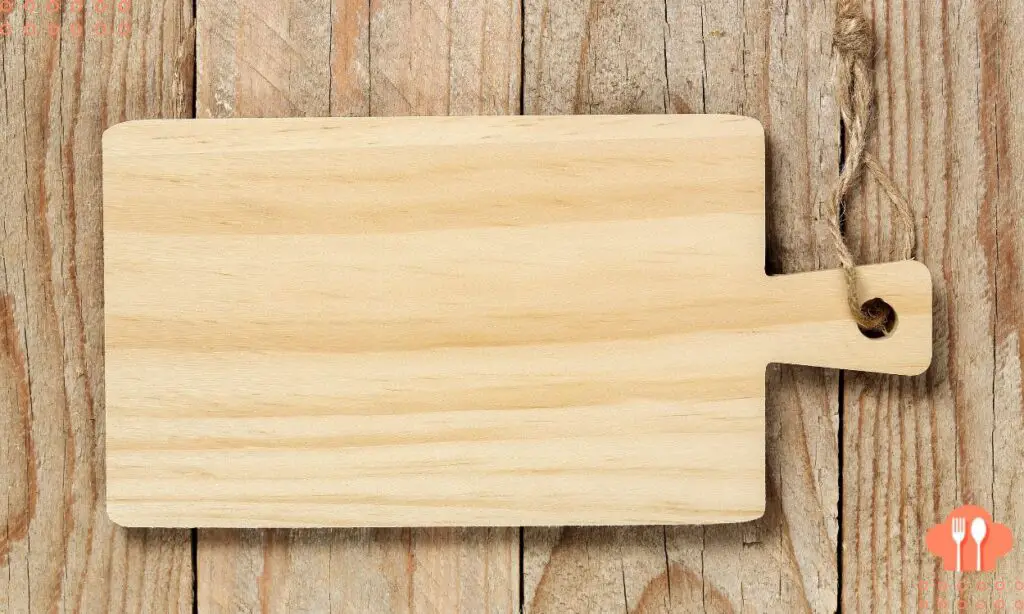
When it comes to wood cutting boards, thickness is an important factor to consider. Too thin and the board will be difficult to use and more likely to warp or crack over time. Too thick and it will be difficult to store and may be too heavy to lift comfortably. The ideal thickness for a wood cutting board is between 1 and 1 1/2 inches. This thickness provides a sturdy surface that is still easy to maneuver, and it will withstand years of use without warping or cracking. Of course, the final decision on thickness is a matter of personal preference. Some people prefer a thinner board for easier storage, while others prefer a thicker board for stability while cutting. Ultimately, the best cutting board is the one that meets your specific needs.
What are the benefits of a thicker cutting board?
A thicker wood cutting board has several benefits over a thinner one. First, it is more durable and less likely to warp or crack over time. Second, it provides a stable surface for cutting, which is particularly important when working with larger pieces of meat or vegetables. Third, a thicker board is less likely to slide around on the counter, making it easier to keep your cuts straight and even. Finally, a thicker board will generally be less expensive than a thinner one, making it a more budget-friendly option for home cooks. Whether you’re looking for a cutting board that will last for years or one that won’t break the bank, a thicker wood board is definitely the way to go.
What are the drawbacks of a thicker cutting board?
While a thicker wood cutting board may be more durable, it can also be more difficult to clean. The additional width can make it harder to reach the center of the board, where food particles and bacteria can accumulate. As a result, thicker boards may require more scrubbing and disinfecting. In addition, thicker boards are also heavier and more difficult to maneuver, making them less convenient for everyday use. Ultimately, while thicker boards may have some advantages, they also come with some significant drawbacks.
What is the purpose of a thick wood cutting board?
A thick wood cutting board is a must-have for any kitchen. Not only does it provide a stable surface for chopping vegetables, but it also helps to protect knives from dulling. The denser the wood, the better it is at resisting scratches and dents. As a result, a thick cutting board can last for years with proper care. In addition, a thick cutting board is also less likely to crack or warp over time. When shopping for a cutting board, look for one that is made from a hardwood like maple or walnut. Avoid boards that are made from softwoods like pine, as they are more prone to damage. With proper care, a thick wood cutting board can be a lifetime investment.

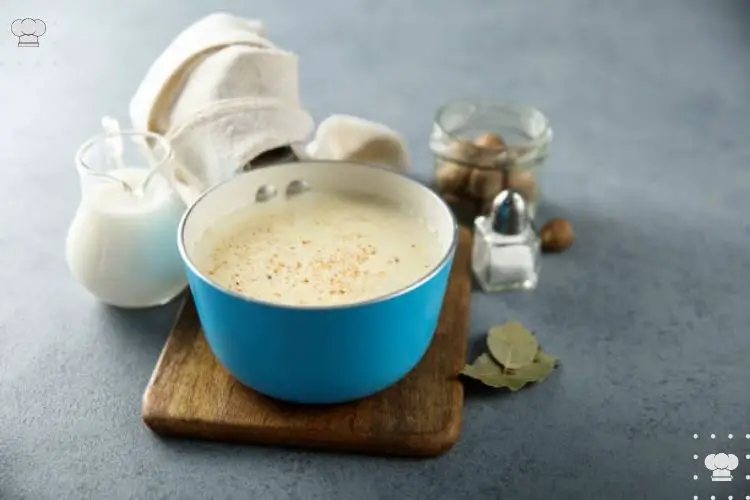
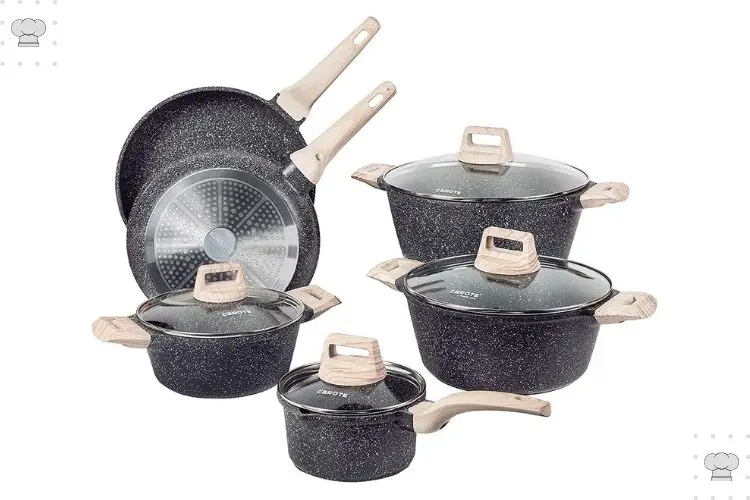


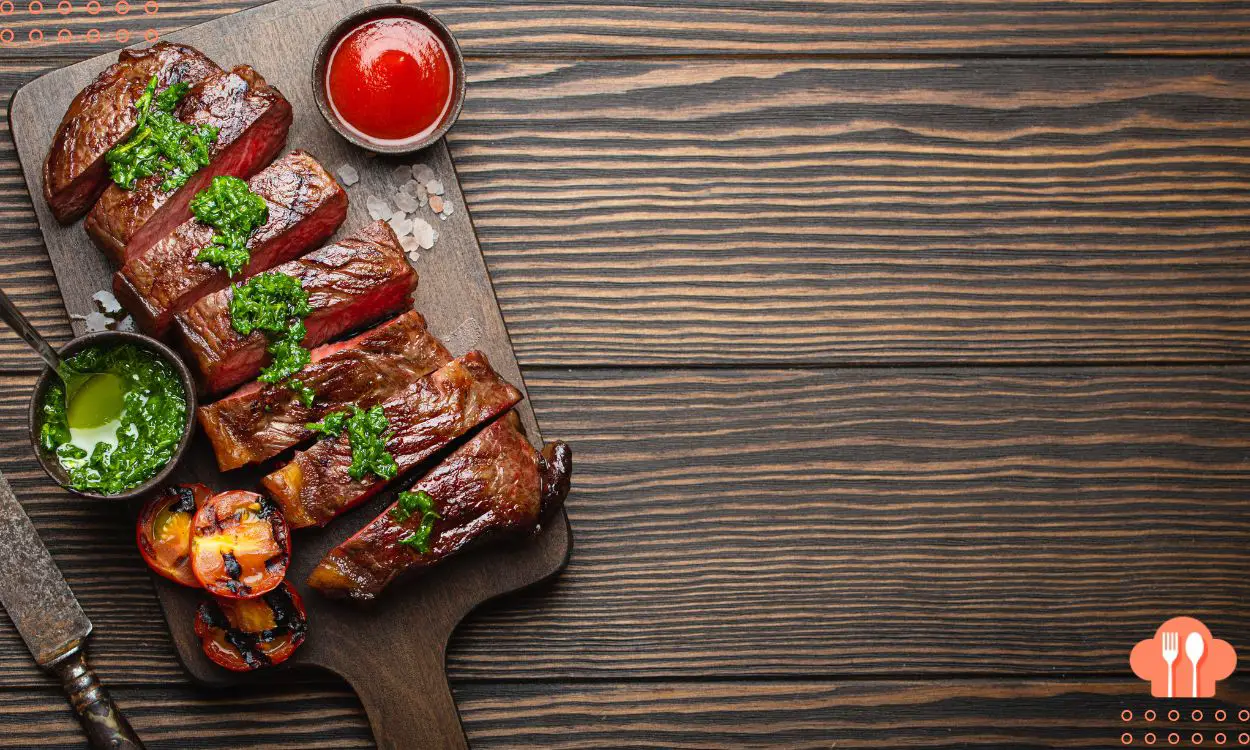

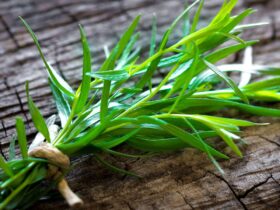



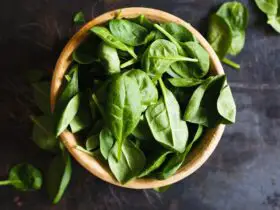
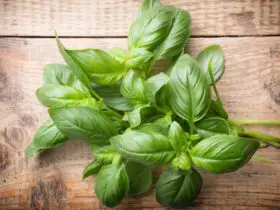
Leave a Reply